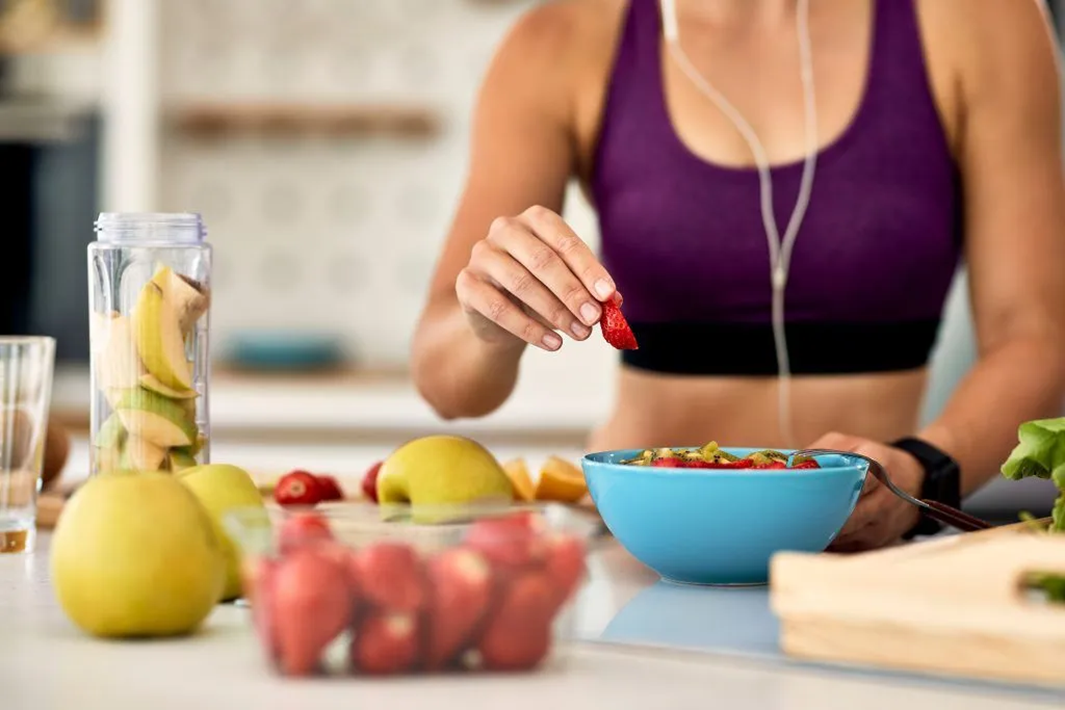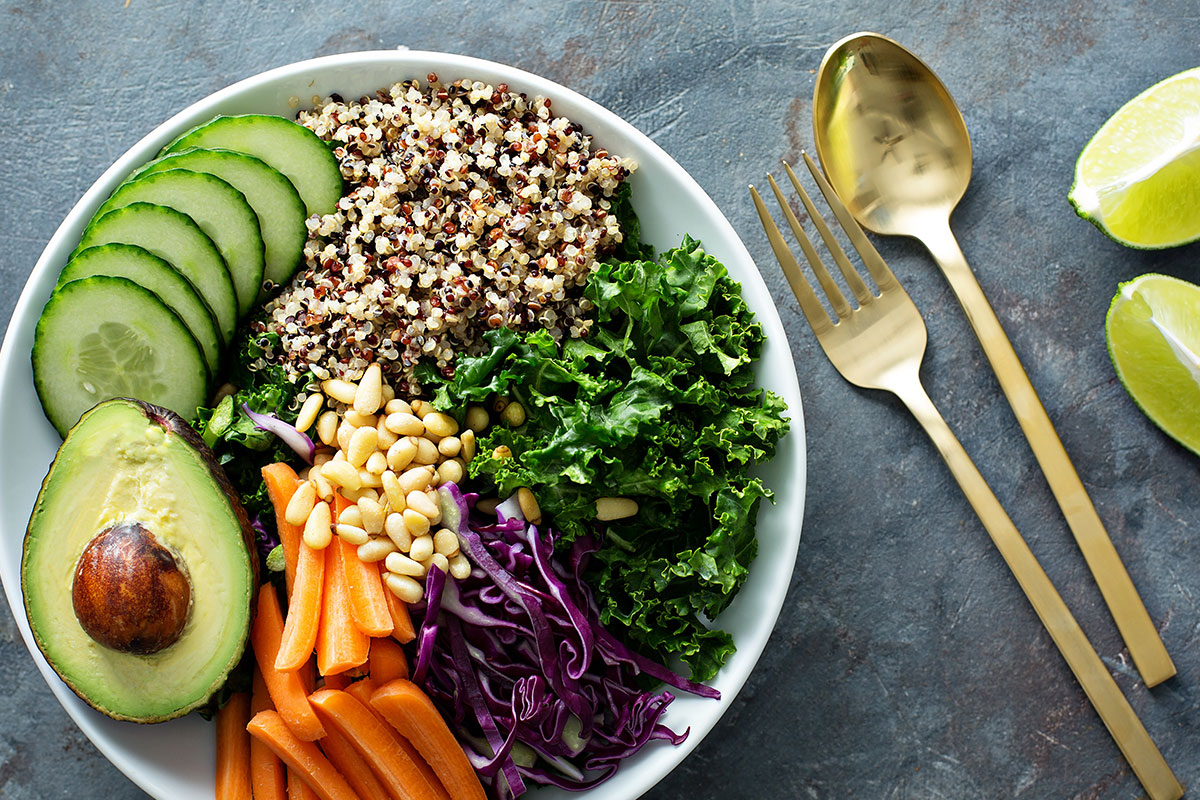The Muscle-Building Nutrition Course: Dial In Your Macros, Meals, and Gains
Whether you’re a beginner trying to bulk up or an experienced lifter aiming to push past plateaus, one thing is certain: training hard without eating right is like fueling a race car with water.
This Muscle-Building Nutrition Course is your complete guide to mastering your diet for lean muscle growth—covering macros, meal timing, food quality, supplements, and real-world meal strategies.
Let’s dive into the science-backed fundamentals and practical tools that lifters of all levels can use to optimize their results.
Section 1: The Muscle-Building Equation
Muscle growth, or hypertrophy, occurs when your body is consistently exposed to progressive resistance (training) and provided with the nutritional building blocks to repair and grow stronger.
There are three core requirements for this process:
- Caloric Surplus (you eat more calories than you burn)
- Sufficient Protein Intake (to build and repair muscle tissue)
- Consistent Training Stimulus (to drive adaptation)
Miss any of these, and progress stalls.
Section 2: Mastering Your Macros
“Macros” stands for macronutrients—protein, carbohydrates, and fat. Getting your macro ratios right is the backbone of building lean mass.
🥩 Protein – The Building Block
- Goal: 0.8–1.2 grams per pound of bodyweight per day
- Function: Repairs and grows muscle, supports recovery, regulates hormones
- Sources: Lean meats, dairy, eggs, whey, legumes, tofu, tempeh
Scientific Insight: Research from the Journal of the International Society of Sports Nutrition shows that a daily intake of 1.6–2.2 g/kg of bodyweight optimally supports muscle growth.
🍚 Carbohydrates – The Primary Fuel
- Goal: 2–3 grams per pound of bodyweight (adjust based on activity level)
- Function: Fuels training, supports recovery, spares protein from being used as energy
- Sources: Oats, rice, potatoes, whole grain bread, fruits, vegetables
Pro Tip: Most lifters benefit from a carb-heavy meal before training (1–2 hours out) for energy and focus.
🥑 Fats – Hormone Health & Recovery
- Goal: 0.3–0.4 grams per pound of bodyweight
- Function: Hormone production, brain health, energy balance
- Sources: Avocados, olive oil, nuts, seeds, fatty fish
Avoid dropping fats too low—testosterone production relies on them.
Section 3: Calculating Your Calories
To gain lean muscle, you need a slight calorie surplus—enough to support growth, but not so much that you gain excessive fat.
Step 1: Estimate Maintenance Calories
Use this formula:
Maintenance = Bodyweight (lbs) × 14–16
Example:
A 180 lb male × 15 = 2,700 maintenance calories
Step 2: Add a Surplus
Start with +250 to 500 calories/day.
This will yield 0.5–1.0 lbs of gain per week, which is ideal for minimizing fat gain.
Step 3: Set Your Macros
For a 2,900 calorie plan:
- Protein: 180g (720 cals)
- Fats: 70g (630 cals)
- Carbs: 387g (1,550 cals)
Section 4: Nutrient Timing for Lifters
When you eat matters too—especially around your workouts.
Pre-Workout (1–2 hours before):
- Goal: Fuel training and stabilize blood sugar
- Sample: Oatmeal + banana + protein shake
Post-Workout (within 60 minutes):
- Goal: Replenish glycogen, kickstart muscle repair
- Sample: Chicken breast + rice + spinach
Before Bed:
- Goal: Prevent muscle breakdown overnight
- Sample: Greek yogurt or cottage cheese (casein-rich)
Section 5: Meal Planning Made Simple
A solid plan turns macros into meals—and consistency into results.
🔁 Strategy: Meal Repeatability
You don’t need 21 unique meals per week. Stick with 2–3 rotating meal templates for each part of the day.
🥣 Sample Meal Template:
Meal 1 (Breakfast)
- 3 eggs, 2 egg whites
- ½ cup oats with berries
- 1 scoop whey protein
Meal 2 (Lunch)
- 6 oz grilled chicken
- 1 cup rice
- Mixed veggies
- Olive oil drizzle
Meal 3 (Dinner)
- 6 oz lean ground beef
- Sweet potato
- Steamed broccoli
Snacks
- Protein shake + banana
- Greek yogurt + almonds
Macro Breakdown:
~180g protein / ~380g carbs / ~70g fat = ~2,900 calories
🧠 Pro Tips:
- Batch cook proteins and carbs on Sundays
- Store meals in containers to grab and go
- Keep emergency protein bars or shakes handy
Section 6: Common Nutrition Mistakes to Avoid
Even well-intentioned lifters can sabotage their gains. Avoid these pitfalls:
❌ Under eating
Many “hardgainers” think they’re eating enough—but a food journal reveals they’re not even at maintenance.
Fix: Track your intake with apps like MyFitnessPal or Cronometer.
❌ Inconsistent Intake
Some days of high protein don’t compensate for days you barely eat.
Fix: Hit your macros daily—even on rest days.
❌ Neglecting Whole Foods
Over-relying on shakes and bars can leave you nutrient deficient.
Fix: Prioritize whole foods 80–90% of the time.
❌ Skipping Post-Workout Meals
This is your prime recovery window. Don’t waste it.
 Section 7: Supplements – Do You Need Them?
Section 7: Supplements – Do You Need Them?
Supplements can support your nutrition but should never replace it. Here’s what actually works:
✅ Whey Protein
Convenient way to hit daily protein targets
Take 1 scoop post-workout or with meals
✅ Creatine Monohydrate
Backed by hundreds of studies
Take 5g daily (no need to cycle)
✅ Omega-3 Fish Oil
Supports joint health, reduces inflammation
1–2g EPA/DHA daily
✅ Multivitamin
Covers potential gaps in micronutrients
Section 8: Special Considerations (Vegan, Cutting, Hardgainers)
🌱 Vegan Lifters
- Prioritize complete protein combos (e.g., rice + beans, tofu + quinoa)
- Use plant-based protein powders (pea, rice, soy)
- Supplement with B12, iron, and omega-3 (algae oil)
⚖️ Cutting Phase
- Use a small calorie deficit (–300 to –500)
- Keep protein high (~1g/lb) to preserve muscle
- Track weight, strength, and hunger weekly
🧬 Hardgainers
- Increase calorie density (add nut butters, oils, dried fruit)
- Drink calories (smoothies > solid meals)
- Train with volume but don’t overdo cardio
Section 9: Tracking Progress & Adjustments
You must measure what matters.
📊 Use These Metrics:
- Body weight: Track 3–4x/week (morning, fasted)
- Progress photos: Take weekly or biweekly
- Strength log: Monitor your lifts in a training app
- How clothes fit: Muscle adds shape even if scale doesn’t jump
🔄 When to Adjust:
- Gaining too fast (1+ lb/week)? Reduce calories slightly
- Not gaining after 2–3 weeks? Increase calories by 150–200/day
- Strength stalling? Consider recovery, sleep, and meal timing
Final Takeaways: Make Nutrition Your Secret Weapon
Building muscle isn’t just about lifting weights. It’s about creating the internal environment for growth—and that starts with your plate.
Here’s What to Remember:
- Eat in a controlled surplus, not a free-for-all
- Prioritize protein with every meal
- Time carbs around training for energy and recovery
- Prep ahead to make nutrition consistent and automatic
- Supplements help—but only if the foundation is strong
Next Step:
Build your personalized meal plan using your macro targets, choose 3–5 go-to meals for each part of the day, and start tracking. Nutrition isn’t about perfection—it’s about consistency over time.
Ready to Level Up?
Combine this course with our Weekly Meal Preps for Lifters, Vegan Protein Plans, and Macro Calculator to fully dial in your game.






